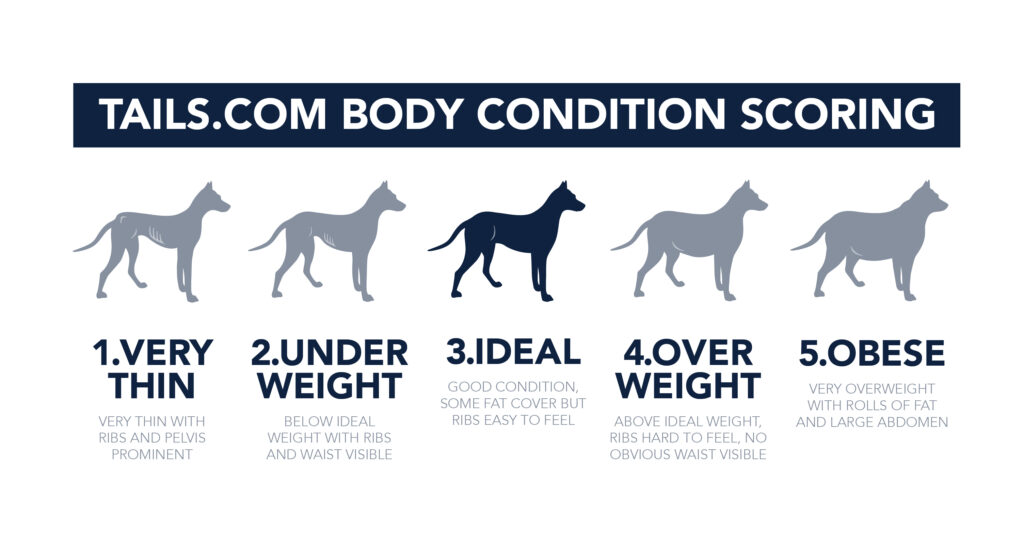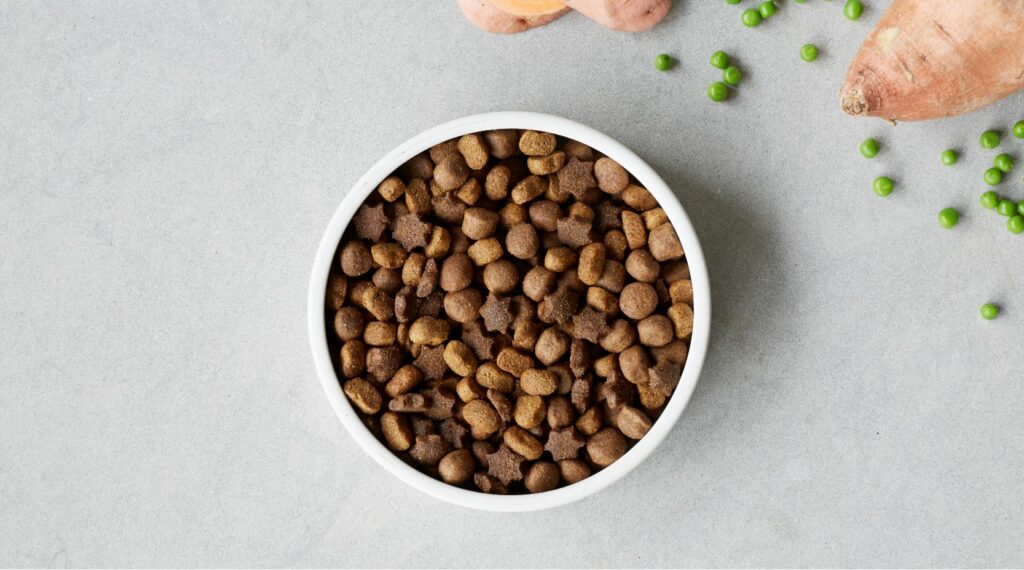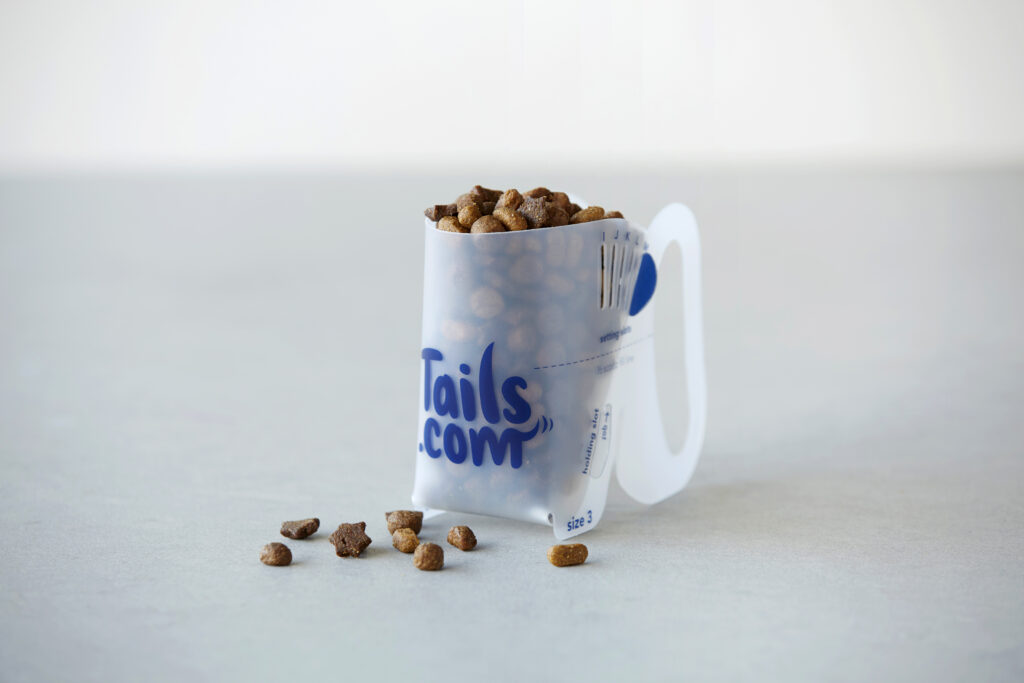Obesity is a problem for both humans and dogs. It’s one of the fastest growing health concerns for vets and pet owners, and it affects dogs of all breeds and ages. With a growing puppy, it’s especially important to adopt good habits when it comes to their diet and exercise routine to make sure your puppy is a healthy weight – meaning they’ll grow into a happy, healthy dog.
The reason it’s so important is because overweight puppies are much more likely to grow into overweight adults. And this can affect their quality of life, and even shorten their lifespan. But you can keep your puppy at a healthy weight with the right guidance – and we’re here to show you how!
How to tell if your puppy is the right weight?

The first step is to check if your puppy is at their ideal weight. A rough guideline to follow is what’s called the ‘body condition score’. This test shows you where your dog sits on a scale of 1-5, with 1 being very thin, and 5 being obese. However, it’s important to remember this isn’t always as accurate for puppies, since their body composition is a lot different to grown-up dogs. So definitely take it with a pinch of salt if you’re using it for a young dog. Here’s how to use it.
You should take note of the 3 key areas across the tummy, ribs and waist, to give your puppy their score. And if your puppy sits in the ideal weight category, you should see and feel:
- An hourglass figure when looking at your puppy from overhead.
- The tummy tucks up to the groin when viewed from the side. The chest should be lower to the ground.
- Ribs that are not readily visible but easily felt when applying light pressure.
Puppies grow rapidly, so it’s a good idea to check in with your vet every 2-4 weeks. They’ll weigh your puppy each time and carry out the body condition score test to help you and your pup stay on the right track.
What should you feed your puppy?

The best choice is a food specific to your breed of puppy. For example, large breed puppies benefit from large breed puppy food. Since larger pups are more prone to joint problems as they grow older, many large breed formulas include a careful balance of nutrients like calcium and phosphorus. And these foods will adapt gradually to your puppy’s age and stage of development to support healthy bone and joint growth.
On the other hand, small breed puppy food is more manageable in size for smaller mouths to chew. And since smaller breeds have a rapid growth rate than larger breeds, this food often includes more nutrient-dense, high-energy ingredients.
How much should you feed your puppy to keep them at a healthy weight?

All puppies need a complete and balanced diet to support healthy growth. This is important because what you feed and how much can affect your puppy’s development, and can sometimes even affect their behaviour.
The amount you feed your puppy will depend on their weight, breed and age. And usually, the bigger your dog is going to be when they’re an adult, the more they’ll need to eat as a puppy. But, there’s no hard and fast rule here as every dog is different! But getting the right food for your puppy’s breed and age is a good first step in keeping your puppy at a healthy weight. A good rule of thumb is to follow the recommendations on the packet, and consult your vet for further advice if you’re unsure.
If you notice your puppy starting to put on too much weight, try reducing the amount you’re feeding. If they start to lose weight, add a bit more to their bowl at meal times. And if you’re still having trouble with your pup’s feeding routine, we have a fantastic nutrition team on hand to help!
Related blog: Managing your dogs weight and how to keep it under control
When should you feed your puppy?
Puppies usually need to eat more often than adult dogs to keep their energy levels stable throughout the day. Smaller meals are also more manageable for tiny tums. Very young puppies up to around 4 months of age need to eat 3-4 meals a day. Then as your puppy grows, you can drop this down to twice a day. To make it simple, just measure out the entire amount your puppy should eat in a single day, then divide it up into 3-4 smaller meals. And if you think your precious pup would like their very own tailored puppy food for each tiny step, why not try your first box for 50% off.


2 thoughts on “How to keep your puppy at a healthy weight”